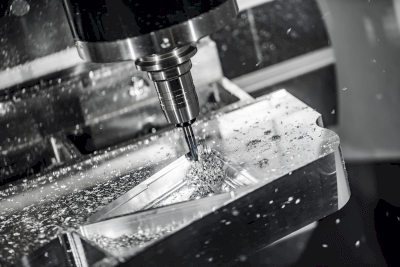What Is Machine Processing?

Machine processing involves using machine tools to shape materials like metal or plastic into specific forms. This process is broadly categorized into three types — removal, forming, and joining — and employs various machinery.
Uses of Machine Processing
Machine processing is primarily used in fabricating components per specific design blueprints. It enables the consistent production of identically shaped products in large quantities with high accuracy, fundamental in mass-producing factory products and essential across manufacturing industries.
Different desired shapes necessitate varied processing procedures, leading to the development of distinct machine tools used across manufacturing sectors.
Principles of Machine Processing
Machine processing encompasses diverse processes, each with its unique principles:
1. Removal Processing
This involves removing parts from the material to create the desired shape, with techniques like cutting, grinding, and discharge processing. Cutting uses a blade, grinding employs a rotating grindstone for surface smoothing, and discharge processing uses electrical discharge for fine details.
2. Forming Processing
Forming changes the material’s shape using forces like pressing, pulling, or bending. It includes sheet metal processing and press processing.
3. Joining Processing
Joining combines parts into one unit, using methods like welding, which melts metal with heat and pressure, and soldering, which joins metals using low-melting-point substances.
Other Information on Machine Processing
Machines Used in Machine Processing
Key machines in machine processing include lathes, milling machines, drill presses, grinding machines, and machining centers. Lathes produce cylindrical parts, milling machines handle complex shapes, drill presses create holes of various diameters, grinding machines process hard materials for a smooth finish, and machining centers use CNC for efficient mass production.